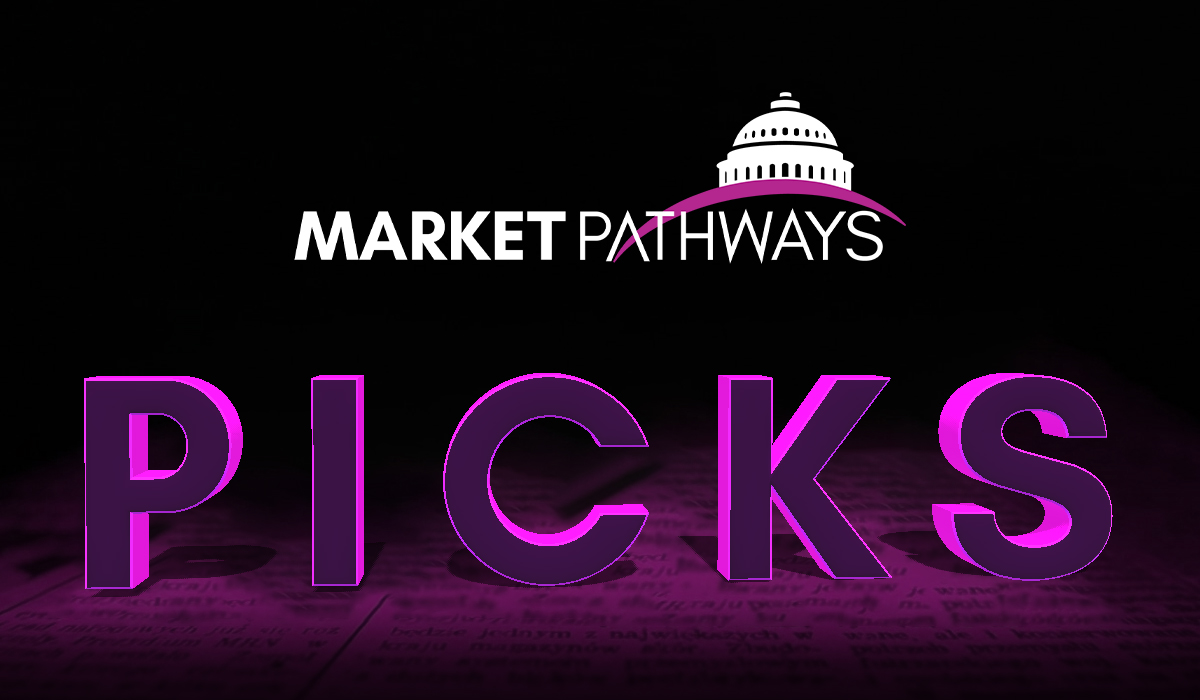ARTICLE SUMMARY:
In this week’s Pathways Picks: The US Supreme Court delivered two major decisions weakening the legal position of regulations written by FDA and other federal agencies; a House committee approved medtech-friendly Medicare bills; CMS opens its payment rulemaking season; FDA calls on private payors to support evidence generation; TAP program expands; IMDRF addresses machine learning; and more from Brazil, Europe, and New Zealand.
Supreme Court Picks
Two high court decisions could undercut FDA and other agencies:
The US Supreme Court delivered two rulings in recent days that are expected to make federal regulations by agencies including FDA much more vulnerable to legal challenges.
Chevron overruled. On June 28, the Court (in the case Loper Bright Enterprises v. Raimondo) overturned a 40-year legal precedent called the “Chevron doctrine” that has instructed judges to defer to the expertise of federal agencies in interpreting law that is ambiguous, or where Congress does not specify its intentions. Many laws are written lacking a lot of implementation details that need to be filled in by relevant agencies in the form of regulations. Under the ruling, regulated entities can file lawsuits and courts will have more leverage to second-guess the agencies’ approaches. One medtech-related FDA regulation that industry watchers are pointing to as especially vulnerable to challenges following the Chevron ruling is the agency’s rule published in May asserting oversight of laboratory developed test services.
Never-ending challenge timeline. But many other policies could also be exposed, particularly following a second ruling by the Court, on July 1, that makes long-established regulations subject to legal challenges for years to come. In that case (Corner Post v. Board of Governors of the Federal Reserve), a majority of the Court decided that companies or other impact parties could challenge federal regulations within six years of when the rules impact the plaintiff (for example, starting on the date a company launches or enters a relevant market) versus the six-year countdown starting when a rule is first enacted, which is how it has previously been interpreted.

